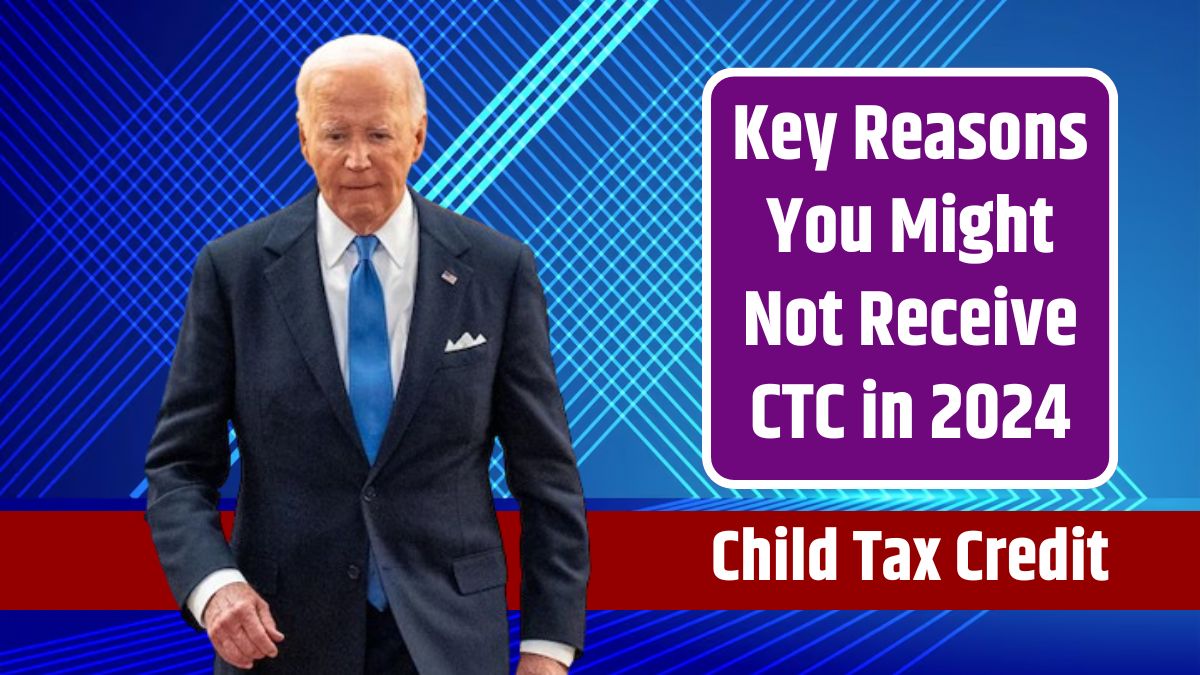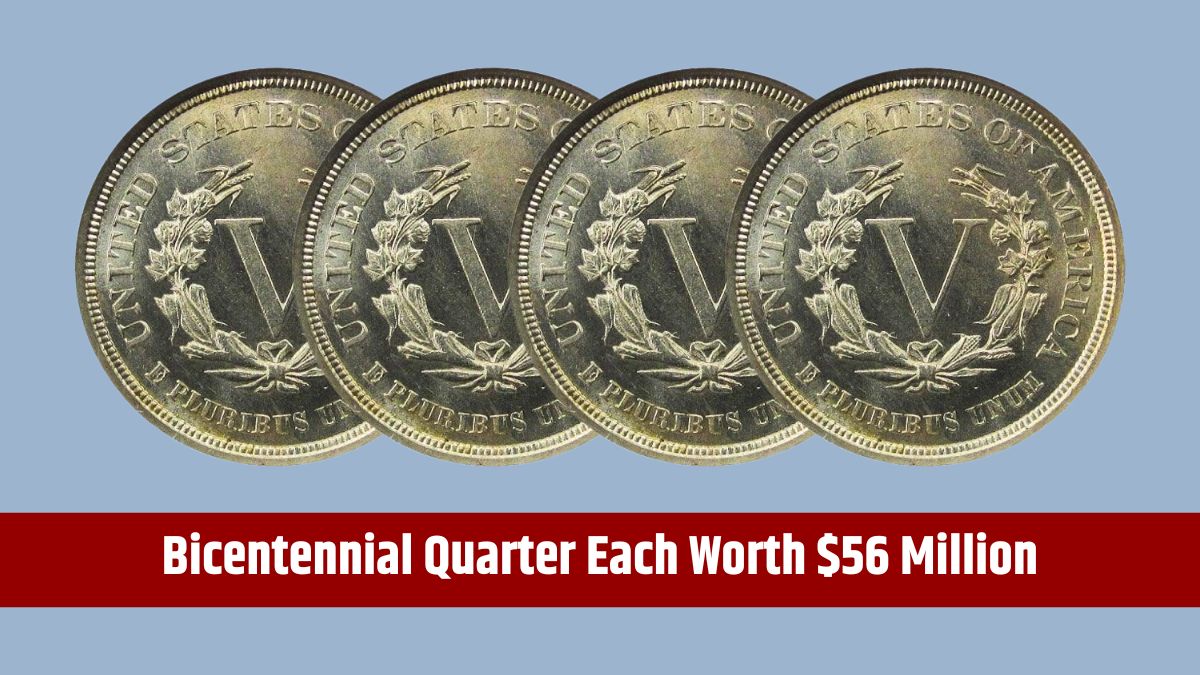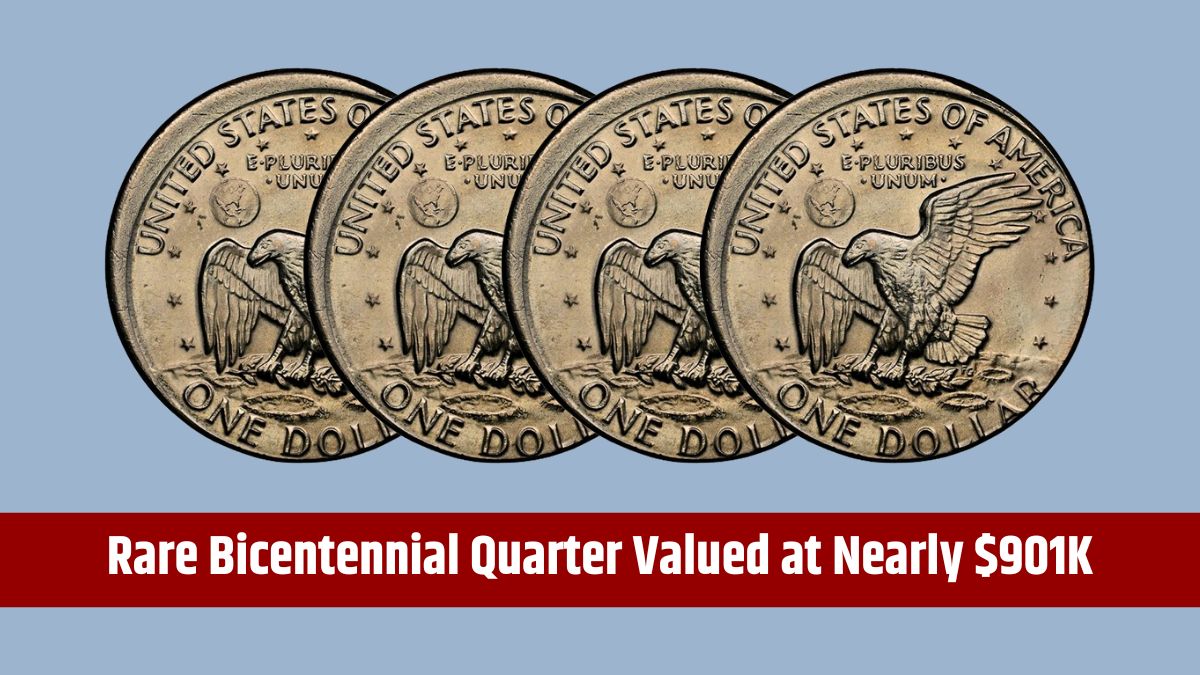Tax credits are a powerful tool for reducing your tax liability. Unlike tax deductions, which only lower your taxable income, tax credits offer a dollar-for-dollar reduction in the amount of tax you owe. This distinction makes tax credits particularly valuable for taxpayers looking to save money.
Contents
- 1 Tax Credits vs. Deductions
- 2 The Child Tax Credit
- 3 Eligibility Criteria
- 4 Income Impact
- 5 Loss of the Child Tax Credit
- 5.1 Retirement Contributions
- 5.2 Charitable Contributions
- 5.3 $1,450 SSI Payments Post-2025 COLA Increase – Verify Your Eligibility
- 5.4 Strategies Summary
- 5.5 FAQs
- 5.6 What is a tax credit?
- 5.7 How does the Child Tax Credit work?
- 5.8 Social Security Maximum Benefit for Full Retirement Age Workers – Changes Following the 2025 COLA Increase
- 5.9 Can income affect my Child Tax Credit?
- 5.10 What’s the difference between a tax credit and a tax deduction?
- 5.11 How can I offset the loss of the Child Tax Credit?
Tax Credits vs. Deductions
To illustrate the difference, consider a $2,000 tax credit versus a $2,000 tax deduction. A tax credit directly reduces your tax bill by $2,000. However, a tax deduction only reduces your taxable income by $2,000, and the actual savings depend on your tax bracket. For instance, if you’re in the 24% tax bracket, a $2,000 deduction saves you $480. In contrast, the $2,000 tax credit saves you the full amount.
The Child Tax Credit
One of the most beneficial tax credits available is the Child Tax Credit. It can be worth up to $2,000 per qualifying child under 17 years old. The Child Tax Credit is partially refundable, meaning that if the credit exceeds your tax liability, you might receive a refund.
Eligibility Criteria
Eligibility for the Child Tax Credit depends on several factors, including the child’s age and your income. The credit is available for children under the age of 17. Therefore, if your child turns 17 in 2024, you will no longer be eligible for the credit. Additionally, income thresholds play a crucial role:
- Single Filers: Full credit is available if your income does not exceed $200,000.
- Married Couples Filing Jointly: Full credit is available if your combined income does not exceed $400,000.
For incomes above these thresholds, the credit is reduced by $50 for every $1,000 of additional income.
Income Impact
Consider a scenario where you are single and earned $200,000 last year. If your income increases to $240,000 this year, your Child Tax Credit will be reduced to $0 due to the income thresholds.
Loss of the Child Tax Credit
Losing the Child Tax Credit can be a significant setback, but there are ways to offset this loss and maximize your tax savings.
Retirement Contributions
One effective strategy is to maximize contributions to a traditional IRA or 401(k). These contributions are tax-deductible, reducing your taxable income and potentially lowering your tax bill. Additionally, contributing to a Health Savings Account (HSA) if you’re eligible can provide further tax benefits.
Charitable Contributions
Increasing your charitable contributions can also help offset the loss of the Child Tax Credit, especially if you itemize your deductions. Not only does this reduce your tax liability, but it also allows you to support causes you care about, adding a sense of personal fulfillment.
Strategies Summary
- Maximize retirement contributions: Traditional IRA, 401(k)
- Increase HSA contributions: For eligible taxpayers
- Boost charitable donations: If itemizing deductions
By employing these strategies, you can effectively manage the financial impact of losing the Child Tax Credit and continue to enjoy significant tax savings. Planning and staying informed about tax laws can make a big difference in your financial well-being.
FAQs
What is a tax credit?
A tax credit directly reduces your tax liability dollar-for-dollar.
How does the Child Tax Credit work?
It provides up to $2,000 per child under 17 and is partially refundable.
Can income affect my Child Tax Credit?
Yes, income above certain thresholds reduces the credit.
What’s the difference between a tax credit and a tax deduction?
A tax credit reduces your tax bill directly, while a deduction lowers your taxable income.
How can I offset the loss of the Child Tax Credit?
Maximize retirement contributions, increase HSA contributions, and boost charitable donations.













